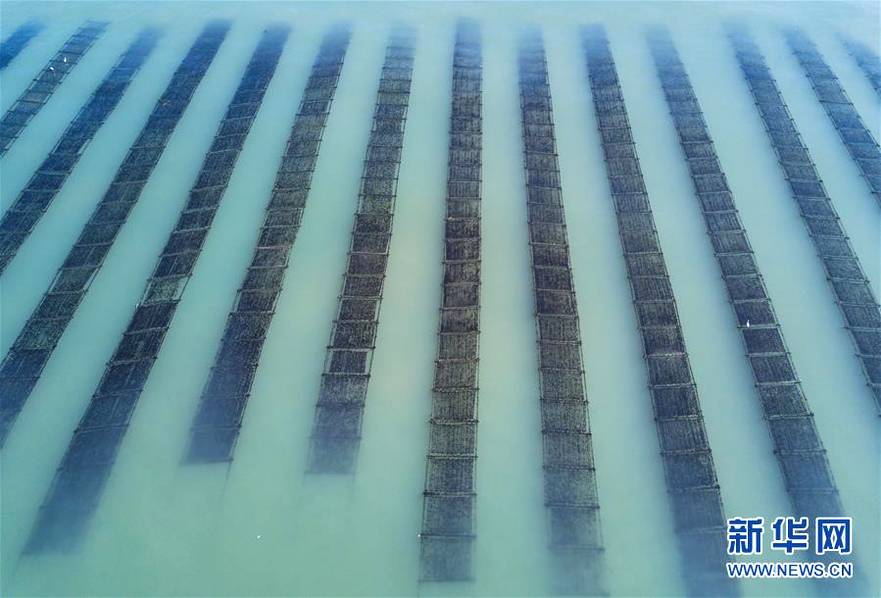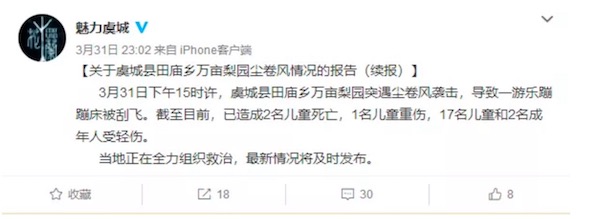If Brachiosaurus had binoculars to take in the night sky as it craned to munch on treetops, Saturn probably would have looked very different from the way earthlings see it today.
Its icy rings, the iconic feature of the sixth planet from the sun, were just forming then, according to new research, with scientists believing the bright hoops are just a little over 100 million years old.
Prime Day deals you can shop right now
Products available for purchase here through affiliate links are selected by our merchandising team. If you buy something through links on our site, Mashable may earn an affiliate commission.iRobot Roomba Combo i3+ Self-Emptying Robot Vacuum and Mop—$329.99(List Price $599.99)
Samsung Galaxy Tab A9+ 10.9" 64GB Wi-Fi Tablet—$178.99(List Price $219.99)
Apple AirPods Pro 2nd Gen With MagSafe USB-C Charging Case—$199.00(List Price $249.00)
Eero 6 Dual-Band Mesh Wi-Fi 6 System (Router + 2 Extenders)—$149.99(List Price $199.99)
Apple Watch Series 9 (GPS, 41mm, Midnight, S/M, Sports Band)—$299.00(List Price $399.00)
What's more, researchers don't think they'll stick around for long, perhaps just another 15 to 400 million years — an instant on the universe's timescale, according to two new studies in the journal Icarus.
"For decades, most planetary scientists assumed that Saturn's rings were probably as old as Saturn itself, 4.5 billion years," said Richard Durisen, a retired astronomy professor, in an Indiana University video.
SEE ALSO:Saturn apparently has 145 moons. So eat it, Jupiter.Tweet may have been deleted
People sometimes take the night sky for granted as a permanent art installation, painted by an unknowable old master and hung in a gallery long before humans looked up to appreciate it. But planets are constantly evolving and changing in space, and some of the most spectacular stargazing targets are not as ancient as one might assume.
As far as Saturn goes, its rings appear to be a temporary exhibit that people have been lucky enough to catch while it's on display. The planet hosts seven rings composed of boulder-size ice chunks. Durisen and research partner Paul Estrada took data from NASA's Cassini spacecraft, which orbited the planet for 13 years, to estimate the age of Saturn's rings — and their lifetime.
Using computer models, the two calculated how the rings change over time, paying particular attention to the rates of meteoroids bombarding the rings and debris falling onto the planet. They found that the rings are raining several tens of tons of material onto the planet per second.
 New Saturn studies suggest the planet's rings are ephemeral and will vanish in a few hundred million years.Credit: NASA / JPL
New Saturn studies suggest the planet's rings are ephemeral and will vanish in a few hundred million years.Credit: NASA / JPLUltimately, it's meteoroids that will destroy those glorious rings, the researchers predict.
The papers build on previous studies following the end of Cassini in September 2017. Six years later, planetary scientists continue to learn from the mission, improving their theoretical models. Another new paper published in the journal Science Advancesalso studied the age of Saturn's rings, focusing on debris accumulation, and concluded the hoops were no more than 400 million years old.
Recently, the James Webb Space Telescope, the new observatory that senses light at invisible, infrared wavelengths, changed astronomers' literal worldview of gas giants in our solar system. It has captured faint rings around Uranus and Neptune.
Tweet may have been deleted
Want more scienceand tech news delivered straight to your inbox? Sign up for Mashable's Top Stories newslettertoday.
Related Stories
- Saturn apparently has 145 moons. So eat it, Jupiter.
- NASA sees strange features on Saturn's glorious rings
- How Webb just changed our concept of Uranus forever
- Webb's new Neptune images reveal ghostly, stunning rings
- How scientists might find life on a moon of Saturn while skipping the hardest part
"One can speculate that the relatively puny rings around the other ice and gas giants in our solar system are leftover remnants of rings that were once massive like Saturn’s," said Estrada in a statement. "Maybe some time in the not-so-distant future, astronomically speaking, after Saturn’s rings are ground down, they will look more like the sparse rings of Uranus."
Saturn is "having a moment" in astronomy news. Scientists recently discovered 62 more moons around the planet, some as small as 1.5-miles wide, bringing its total to 145. That figure surpasses Jupiter's latest count of 95, making Saturn's the most in the solar system. Researchers observed that many of Saturn's newer moons are "irregular," meaning they have large, tipped, oval-shaped orbits.
 NASA's Cassini spacecraft spotted plumes of material gushing from Enceladus in this 2011 image.Credit: NASA / JPL-Caltech / Space Science Institute
NASA's Cassini spacecraft spotted plumes of material gushing from Enceladus in this 2011 image.Credit: NASA / JPL-Caltech / Space Science InstituteEnceladus — one of Saturn's previously known moons — has captured the imaginations of planetary scientists searching for life beyond the blue marble. The Saturnian moon shoots geyser-like plumes containing bits of water and gas from its ocean into space. That constant spray creates a halo, which contributes to one of Saturn's rings. Scientists have pushed NASA to endorse future missions to the moon in search of microbial aliens on the potentially habitable world.
These moons hint that something big and dramatic happened around Saturn in the last few hundred million years, Durisen says.
"Small perturbations can cause (planetary systems) to do marvelous things, rather all of a sudden," Durisen said. "And as we look at the universe with new telescopes, spacecraft, and eventually, probably even astronauts soon, we may find more surprises out there."
TopicsNASA


 相关文章
相关文章




 精彩导读
精彩导读



 热门资讯
热门资讯 关注我们
关注我们
